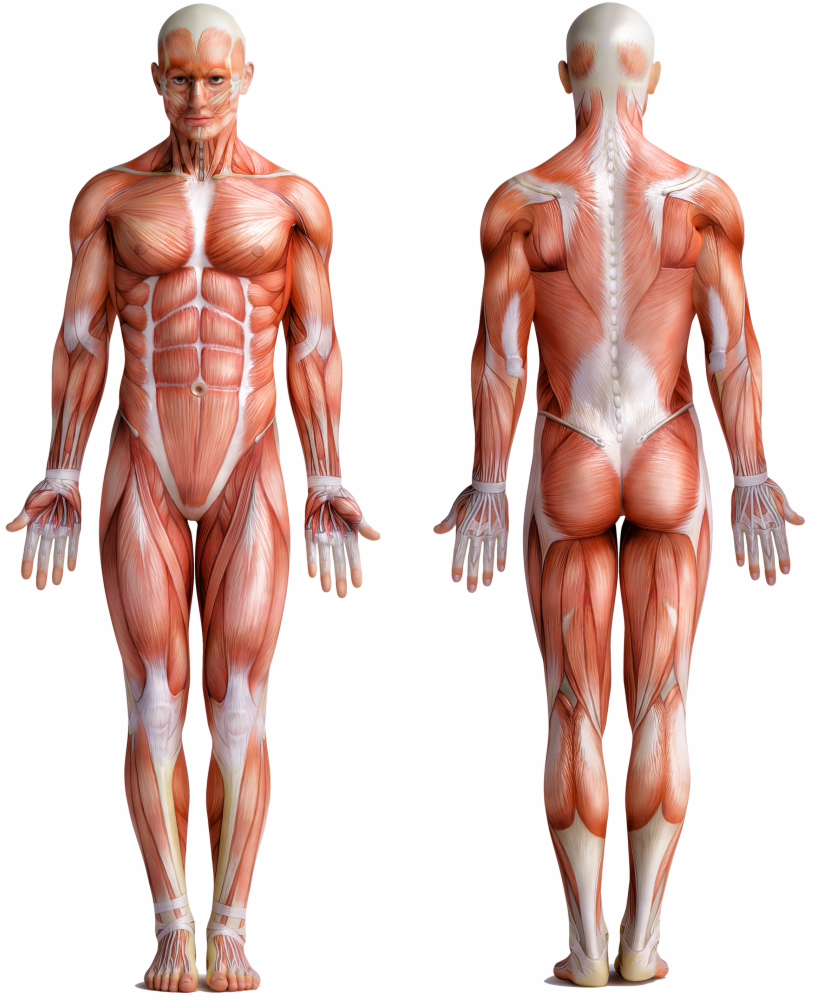-

-
About Us
- Our Vision
-
Personalized Care
Personalized Care Personalized Care Intro
Diagnostic Tests
- Digital X-Ray
- DynaROM
- 3D Body Scanning
- Gastrointentinal Health
- Organic Acids
- Comprehensive Stool Analysis
- Food Sensitivity
- Dietary Antigen Complete
- Endocrinology
- Thyroid Panel
- DUTCH Hormone Test
- Neurotransmitter Profile
- Adrenal Profile
- Nutritional Status
- Vitamin D
- Homocysteine
- Methylmalonic Acid
- Urine Iodine
- Organic Acids
- Copper Zinc Profile
- Essential Fatty Acid Profile
- RBC Metals & Minerals
- Toxic & Essential Elements
- RBC Elements
- Urine Toxic Metals
- Hair Metals & Minerals
- Urine Halides
Treatments
- Avacen Therapy
- Bioidentical Hormone Replacement Therapy (Anti-Aging)
- Chiropractic Care
- Electric Muscle & Nerve Stimulation
- Emsculpt Neo
- Emsella Treatment
- Erchonia Laser (Model EVRL)
- Exosomes
- Hair Restoration
- Headache & Migraine Treatment
- Hyaluronic Acid Injection
- Intersegmental Traction
- IV Nutrient Therapy
- Laser Lipo
- Massage Traction Chair
- PRP Facials
- PRP for Erectile Dysfunction
- PRP for Female Sexual Dysfunction
- PRP for Pain Relief
- PRP for Urinary Incontinence
- Semaglutide
- Shockwave Therapy for Cellulite & Skin Tightening
- Shockwave Therapy for Pain Relief
- Shockwave Therapy for Female Sexual Dysfunction
- Shockwave Therapy for Male Sexual Dysfunction
- Skin Rejuvenation
- Spinal Decompression
- TENS Unit
- Testosterone Replacement Therapy (TRT)
- Therapeutic Ultrasound
- Thyroid Care
- Trigger Point Therapy
- Durable Medical Equipment
- Ankle-foot Orthosis
- Cervical Rehab Coller
- Custom Foot Orthotics
- Lumbosacral Orthosis
- Osteoarthritis Knee Brace
- Wrist Brace
- FAQs
- Testimonials
- Pain Relief
- Weight Loss
-
Sexual Wellness
-
Anti-Aging
-
Resources
- Blog
- Video Library
- Store
-
Health Condition Library
Health Condition Library
- Ankle Osteoarthritis
- Bulging Spinal Disc
- Carpal Tunnel
- Cervical Degenerative Disc Disease
- Cervical Radiculopathy
- Elbow Bursitis
- Erectile Dysfunction
- Fatigue
- Female Hormone Imbalance
- Female Sexual Dysfunction
- Fibromyalgia
- Foot Arthritis
- Frozen Shoulder
- Golfer’s Elbow
- Hand Arthritis
- Headache
- Hip Bursitis
- Hip Osteoarthritis
- Hyperthyroidism
- Hypothyroidism
- Knee Bursitis
- Knee Osteoarthritis
- Low Testosterone
- Lumbar Degenerative Disc Disease
- Migraines
- Musculoskeletal Pain
- Obesity
- Osteoarthritis
- Plantar Fasciitis
- Plantar Fibroma
- Rotator Cuff Injury
- Sciatica Pain
- Shoulder Bursitis
- Shoulder Osteoarthritis
- Tennis Elbow
- Thoracic Degenerative Disc Disease
- Urinary Incontinence
- Weight Gain
- Wrist Arthritis
- Wrist Bursitis
- Contact
Understanding Incontinence
Alternate Names: In addition to being called incontinence, this condition may also be referred to as urinary leakage, bladder control problems, or involuntary urination.

Introduction:
Incontinence, also referred to as urinary incontinence, is a common condition that affects millions of people worldwide. The condition, which can significantly impact a person’s quality of life, refers to the involuntary leakage of urine. In this comprehensive guide, we will delve into the various aspects of incontinence, including its alternate names, symptoms, causes, and multiple treatment options.
Symptoms:
The symptoms of incontinence can vary depending on the type and severity of the condition.
Common symptoms include:
- Urinary leakage during physical activities such as coughing, sneezing, or exercising.
- Sudden and strong urges to urinate that are difficult to control.
- Frequent urination, especially during the night (nocturia).
- Bedwetting in adults.
- A constant feeling of urgency to urinate.
Causes:
Incontinence can have various underlying causes, and it is essential to identify the specific cause to determine the most appropriate treatment. Some common causes include:
- Weak pelvic floor muscles: These muscles support the bladder and urethra and can become weakened due to factors such as pregnancy, childbirth, or aging.
- Urinary tract infections: Infections in the urinary tract can irritate the bladder and lead to temporary incontinence.
- Neurological conditions: Conditions such as multiple sclerosis, Parkinson’s disease, or stroke can disrupt the nerve signals responsible for bladder control.
- Hormonal imbalances: Changes in hormone levels, particularly in women during menopause, can contribute to incontinence.
- Medications: Certain medications, such as diuretics or sedatives, can increase urine production or affect bladder function.
Treatment Options:
Fortunately, there are several treatment options available to manage and alleviate the symptoms of incontinence. These include:
- Lifestyle modifications: Simple lifestyle changes, such as maintaining a healthy weight, avoiding bladder irritants (caffeine, alcohol), and practicing pelvic floor exercises (Kegels), can significantly improve bladder control.
- Medications: Depending on the type of incontinence, medications may be prescribed to relax the bladder muscles, reduce urinary frequency, or increase bladder capacity.
- Behavioral techniques: Techniques like bladder training, scheduled voiding, and biofeedback can help regain control over the bladder and improve symptoms.
- Medical devices: In some cases, medical devices such as pessaries or urethral inserts may be recommended to support the bladder or prevent urine leakage.
- Surgical interventions: For severe cases of incontinence that do not respond to other treatments, surgical procedures like sling procedures or artificial urinary sphincter implantation may be considered.
Conclusion:
If your incontinence is negatively impacting your daily life, you are not alone. However, with the right understanding and appropriate treatment, individuals can regain control over their bladder and improve their quality of life. It is crucial to consult with a healthcare professional to determine the underlying cause of incontinence and develop a personalized treatment plan. Remember, you are not alone, and there are effective solutions available to help manage and overcome incontinence.









